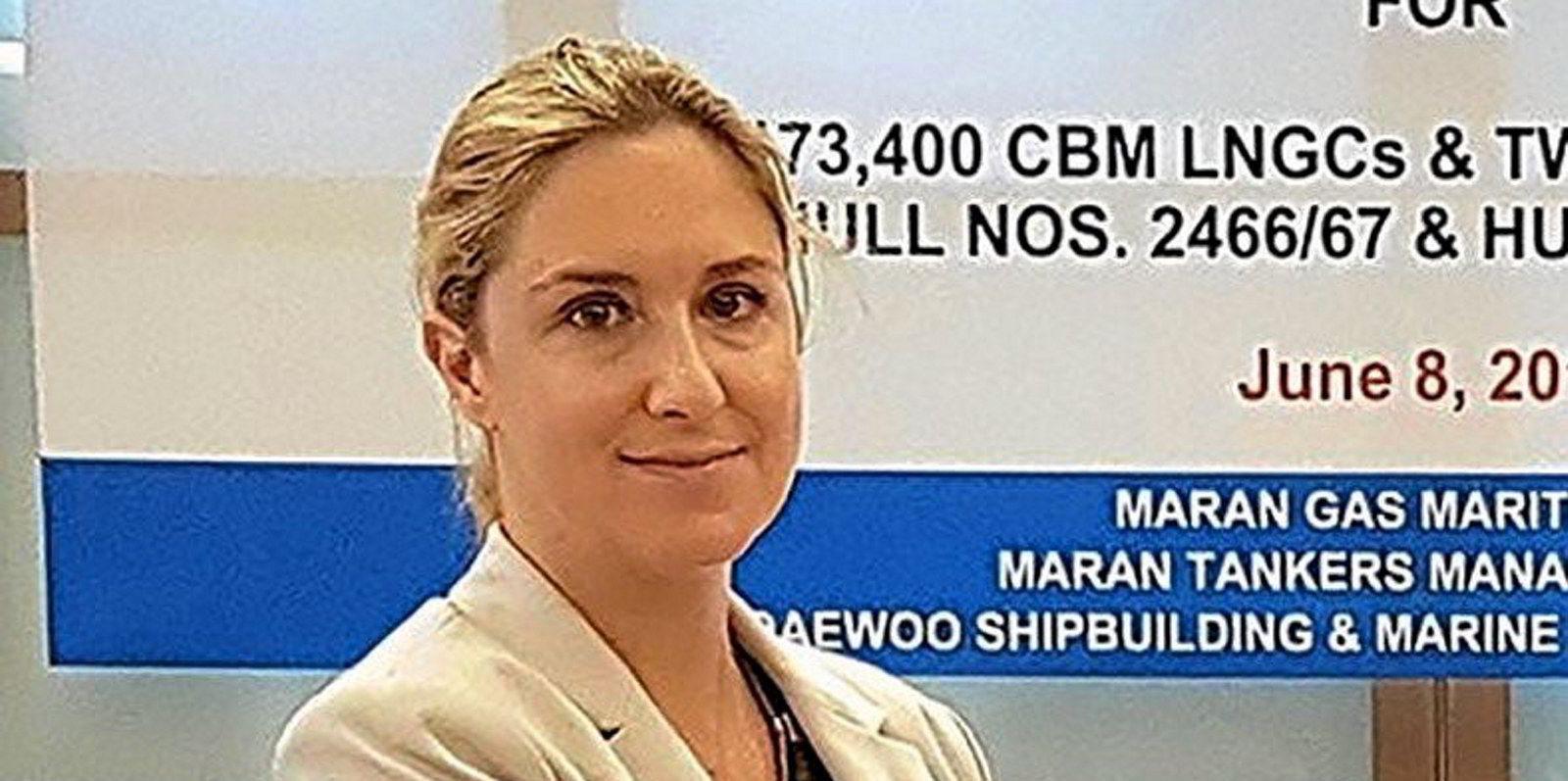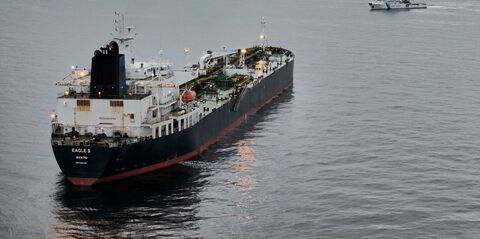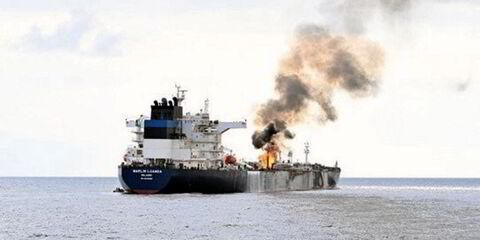The environmental, social and corporate governance (ESG) agenda has moved shipping to an entirely new paradigm: a three-dimensional view of business operations, with a triple bottom line of economic growth, social inclusion and environmental protection.
The ESG “triple play” is emerging as a powerful new shipping shaper — moving us far beyond simple compliance by transforming the industry all around us.
However, ESG is not without significant challenges unique to shipping: a capital-intensive global industry, highly regulated and hard to abate. Not to mention in the throes of a crew welfare crisis.
The stakeholder network is vast with shipyards, shipowners, operators, charterers, investors, governments, regulators, and many more — with wide-ranging interests, such as addressing environmental concerns through decarbonisation, recycling, and improving crew and cargo safety.
Moving target
Another key challenge is the regulatory and compliance uncertainty that exists with multiple and inconsistent benchmarks for decarbonisation — such as the Poseidon Principles and Carbon Intensity Indicator — where the curves are all different but ultimately need to converge.
We see a mosaic of key performance indicators (KPIs) for decarbonisation with the Energy Efficiency Operational Indicator, Annual Efficiency Ratio, Energy Efficiency Design Index or Estimated Index Value with a host of emission types to be monitored and reported for CO2, NOx, methane and more. All of these challenges make “E” a moving target.
In short, shipping is unique and requires deep domain expertise to understand the landscape, navigate the options and opportunities to build a custom, sustainable and effective ESG framework that optimises your metrics, reporting and competitive position across the entire industry value chain.
What is new in the journey and that ESG is asking for is performance beyond the regulatory threshold. ESG will define trajectories. It requires top management engagement so that the whole company is driven to continuous improvement. A company needs to ensure that its ESG performance is properly represented and captured by the framework of KPIs it has set. Leadership will prove crucial here. The ESG story is as much about leadership and people as it is about environmental outcomes.
We talk a lot about the “E” aspect and that’s understandable given the importance of the decarbonisation agenda, which has been the principal focus of our industry for some time now.
But we must not downplay the equal importance of the “S” and the “G.” The strength of the triple play is in the balance. You need the societal and governance elements to effectively address the environmental piece. It is in that intersection where people and technology are brought together to create sustainable business outcomes.
Having a commercially competitive fleet staying constantly under an ambitious decarbonisation trajectory while also having zero lost time injuries can only be achieved by taking an intentional, balanced approach to the ESG elements.
Considering the societal element, a focus on crew welfare needs, health and safety, security of people, diversity and cargo safety becomes even more important in an increasingly digital world and the evolution of ship-to-shore interface.
Equally important in shipping is having the right governance structures to address emerging asset and corporate risk in a rapidly evolving regulatory, technological and business environment.
Where does all this take us? I’d argue it is far beyond straightforward sustainability stewardship. Essentially, I see it as an opportunity for a leader to instill and embed a process of continuous improvement into a business. If executed correctly, it will deliver better-managed businesses.
What you need is a 360-degree view of the interplay of the ESG factors on not simply your vessel, your fleet and your business, but on your entire procurement operation and supply chain.
Desired direction
Taken to its logical conclusion, ESG ultimately creates a disaggregated stakeholder network covering the entire value chain, where suppliers, clients, employees and even governments are all pushing each other to improve performance to ensure their own benchmarks continue to trend in the desired direction. ESG is more than a scorecard, it becomes the soul and conscience of the company.
Just as safety is becoming more synonymous with security and reliability, financial performance is increasingly synonymous with ESG excellence.
And so, just as the International Safety Management code is the future framework for safety and security in shipping, ESG is the future framework of business in shipping. Both are blueprints for the sustainable future of safety, operations and business performance.
Christopher Wiernicki, ABS chairman,
president and CEO
Do you have an opinion to share?
Email: news@tradewindsnews.com





